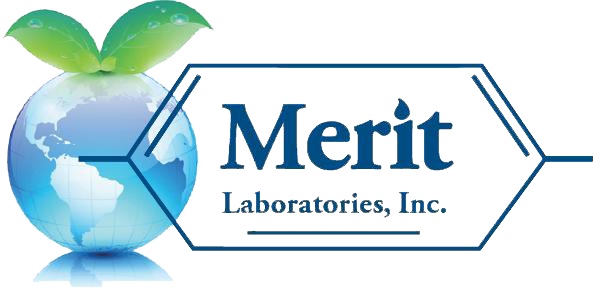The U.S. EPA has published the Fifth Unregulated Contaminant Monitoring Rule (UCMR 5). UCMR 5 requires sample collection for 30 chemical contaminants between 2023 and 2025 using analytical methods developed by EPA and consensus organizations. This action provides EPA and other interested parties with scientifically valid data on the national presence of these contaminants in drinking water.
PFAS are included in the UCMR. Aligned with EPA’s PFAS Strategic Roadmap, UCMR 5 will provide new data that is vital to improving EPA’s understanding of the frequency that 29 PFAS and lithium are found in the nation’s drinking water systems and at what levels. This data will ensure science-based decision-making and help prioritize protection of disadvantaged communities.
As part of The Safe Drinking Water Act (SDWA), the EPA is required once every five years to publish a list of unregulated contaminants to be monitored by public water systems (PWSs) to address a new set of priority unregulated drinking water contaminants.
The SDWA, amended by Section 7311 of the National Defense Authorization Act (NDAA) for Fiscal Year 2020, specifies that EPA shall include all PFAS in UCMR 5 for which a drinking water method has been validated, and that are not subject to a national primary drinking water regulation. UCMR 5 includes all 29 PFAS that are within the scope of EPA Methods 533 and 537.1.
“At EPA, we are advancing the science and the monitoring that are necessary to protect all communities from PFAS,” said EPA Administrator Michael S. Regan, in the December press release.
Merit Laboratories is a leading national PFAS environmental laboratory, analyzing drinking water, soil, wastewater, groundwater, and other sample matrices, including biosolids and sludge. Analytical methods performed by Merit for PFAS include drinking water by EPA 533, EPA 537.1, and EPA 537 rev. 1.1, biosolids by ASTM D7968-17 with Isotopic Dilution, and soil, wastewater, groundwater, and surface water by ASTM D7979-19 with Isotopic Dilution and ASTM D7968-17.

